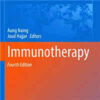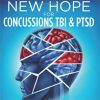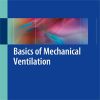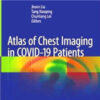Sepsis Around the Cradle of Humankind
sccm.orgWhile representing the cutting edge of civilization everywhere, mothers and their newborn infants are a population particularly vulnerable to sepsis.1 By recognizing the importance of antiseptic prophylaxis (handwashing), Ignaz Semmelweis directly confronted this particular human sepsis vulnerability and simultaneously codified maternal/neonatal sepsis and infection prevention. Accordingly he has been hailed as the “Defender of Motherhood.” However, despite this seminal discovery nearly 170 years ago, maternal/neonatal sepsis remains a significant global health challenge. Maternal sepsis has been defined as life-threatening organ dysfunction resulting from infection during pregnancy, during childbirth, post-abortion, or postpartum. This definition of maternal sepsis expresses the thinking embedded in the 2016 Third International Consensus Definitions for Sepsis and Septic Shock (Sepsis-3). Such infections are responsible for approximately 11% of maternal deaths and increase the risk of early neonatal sepsis.

















